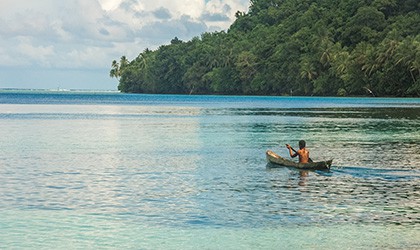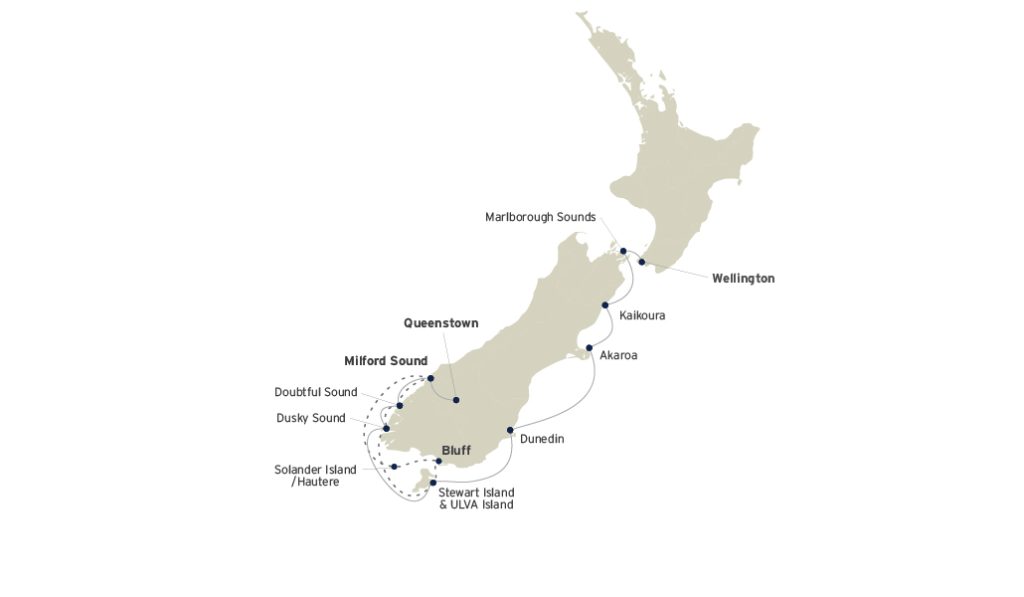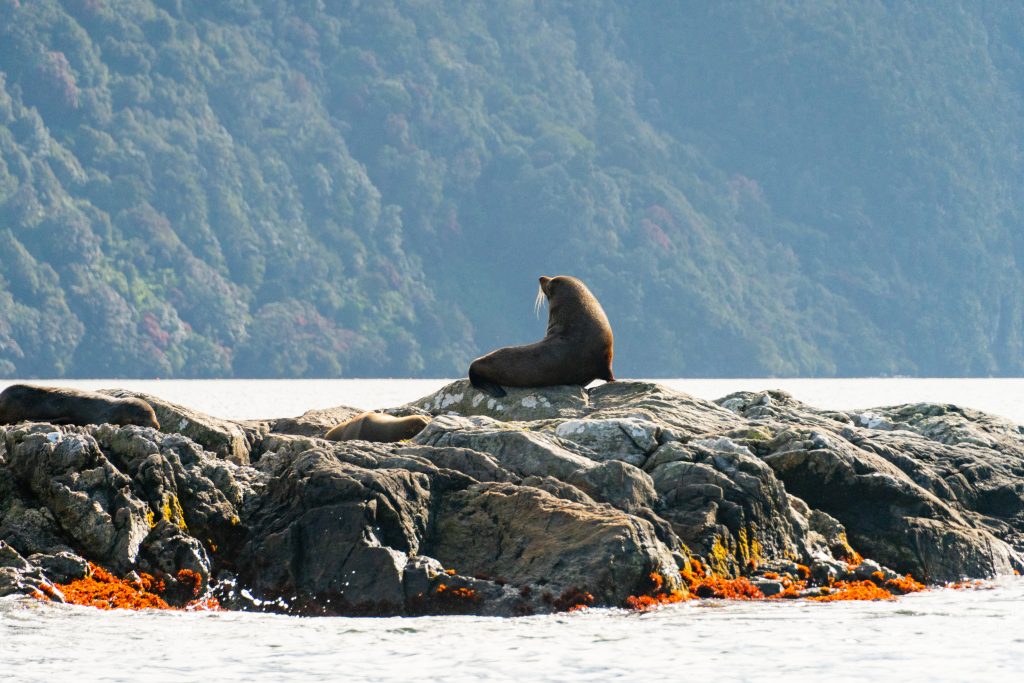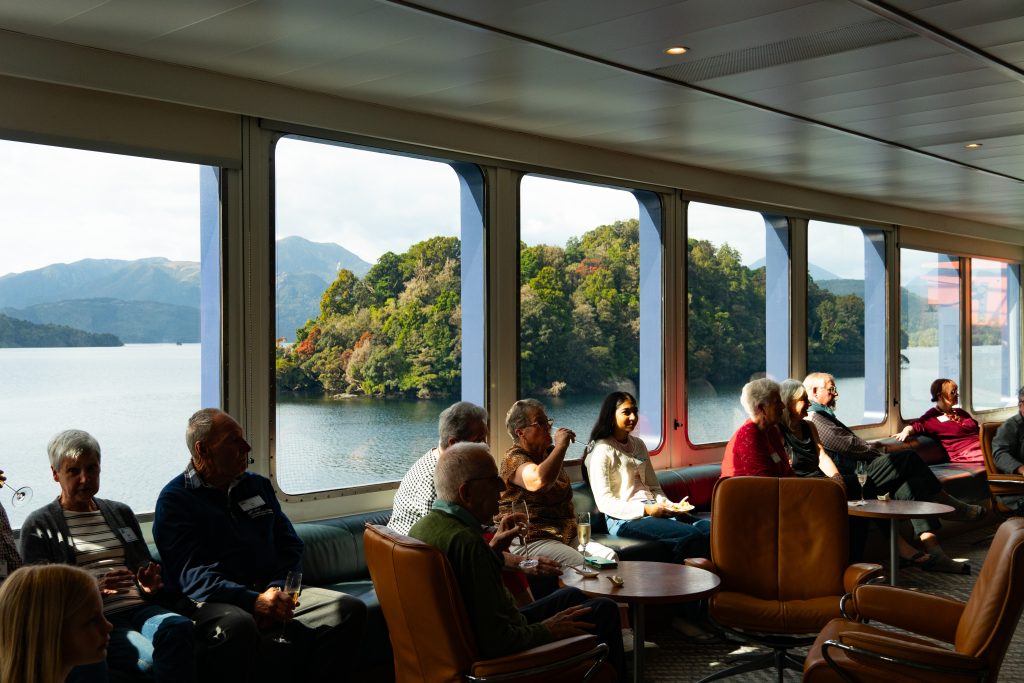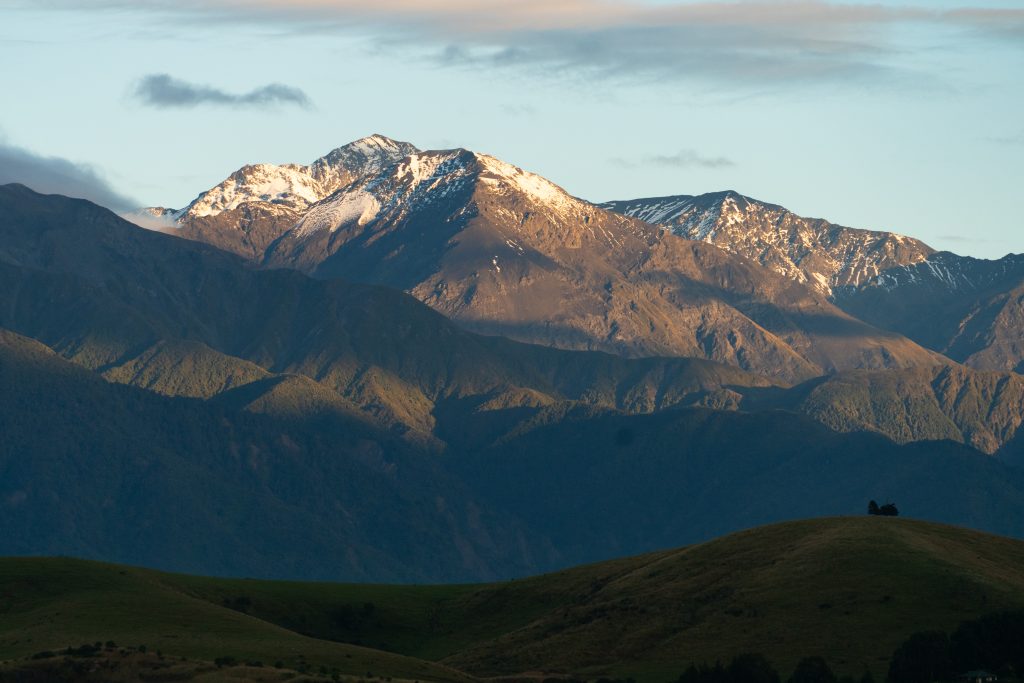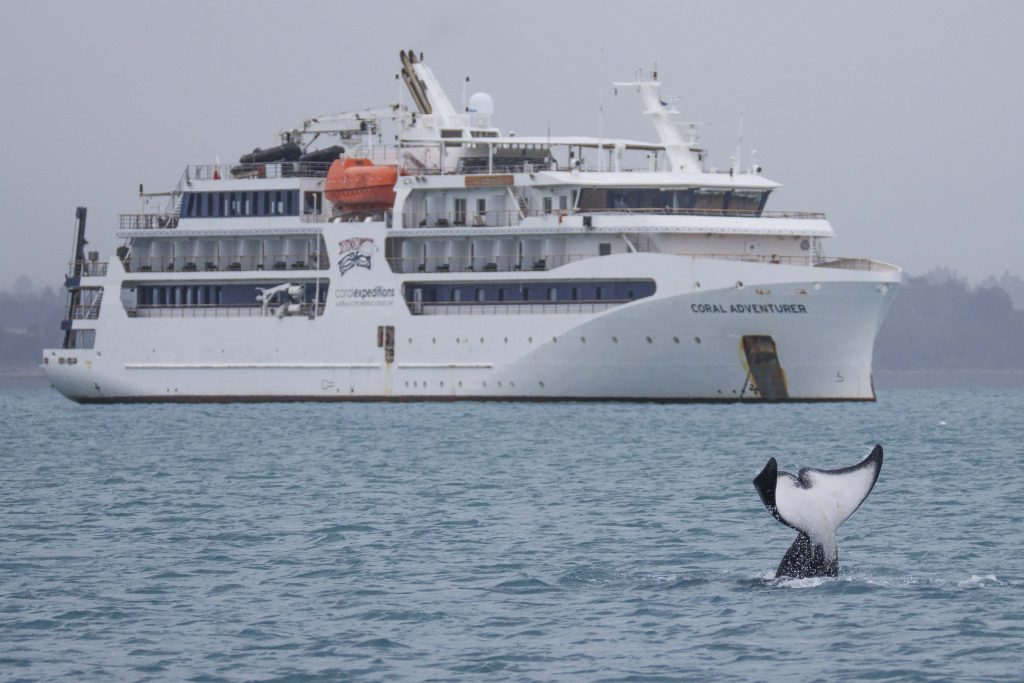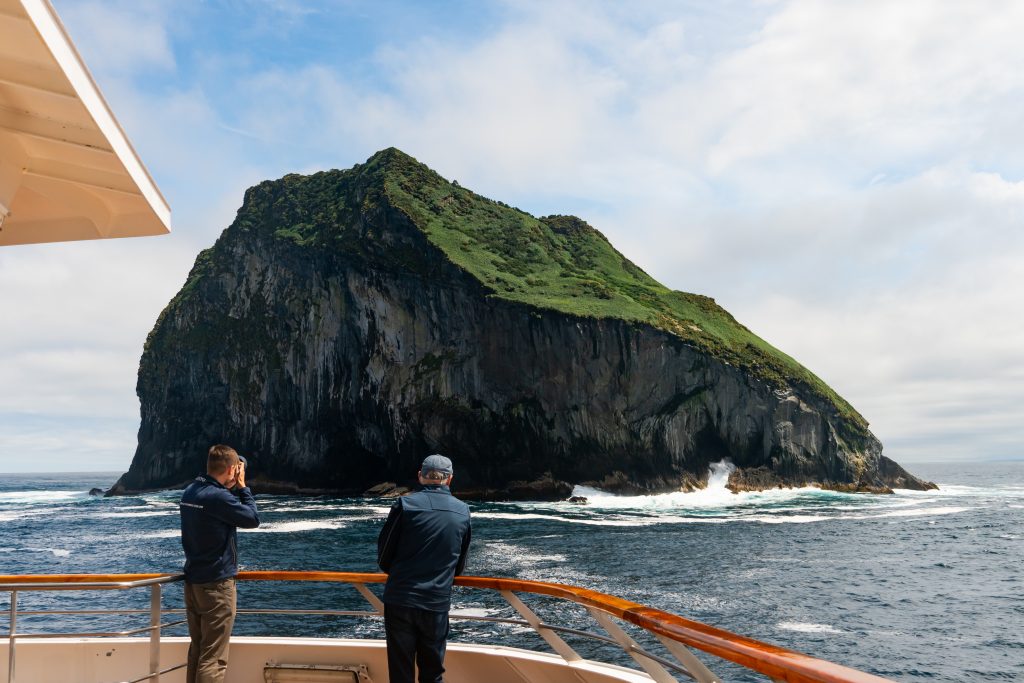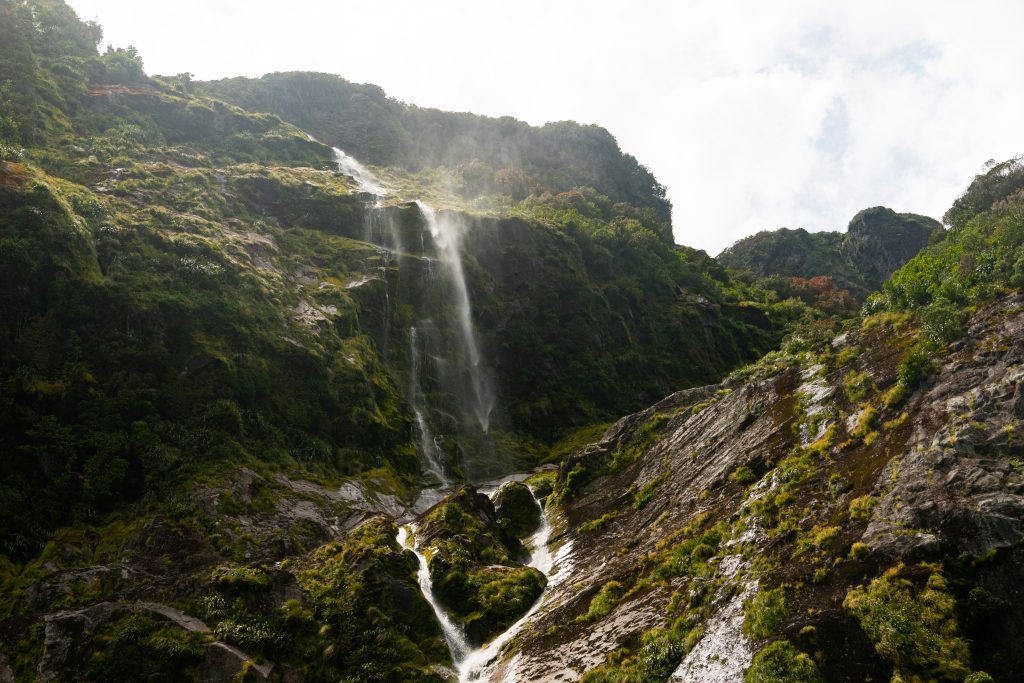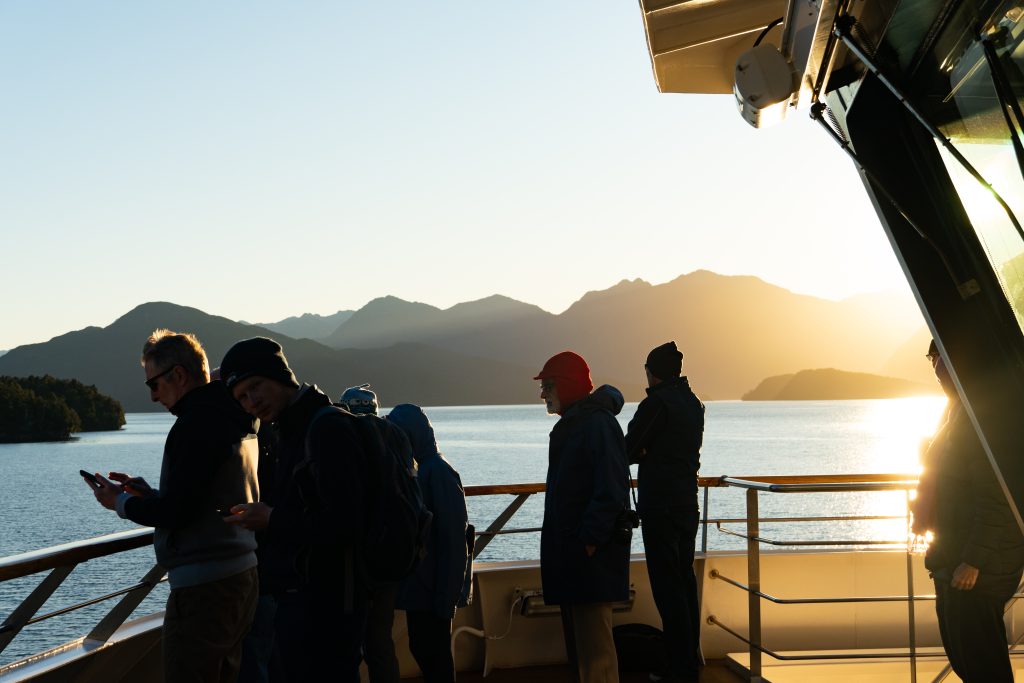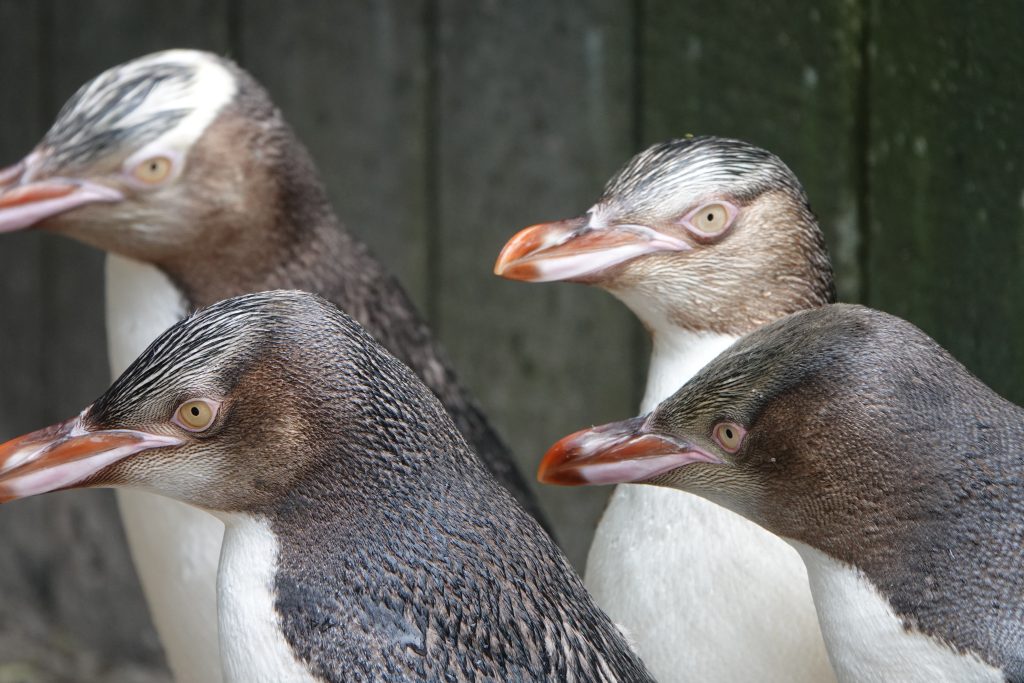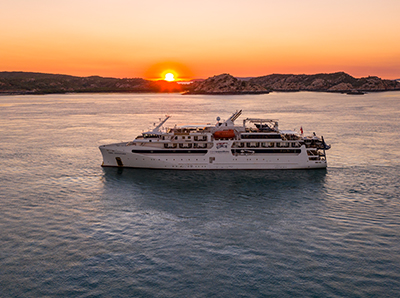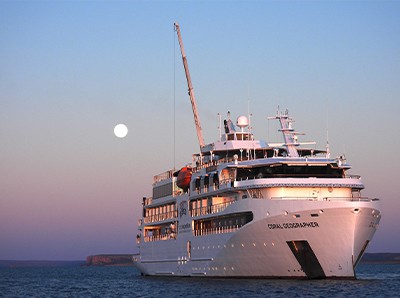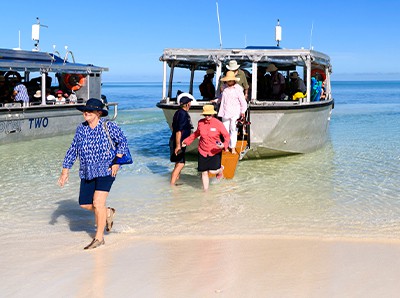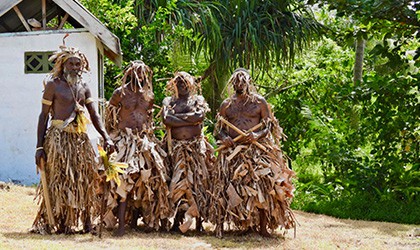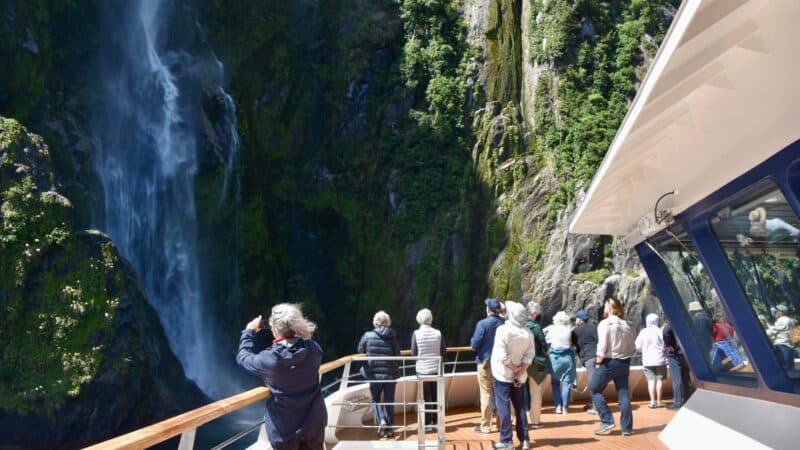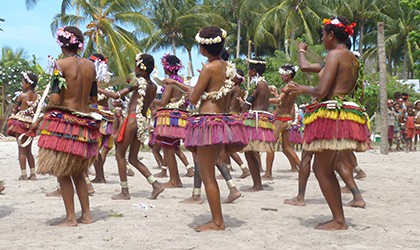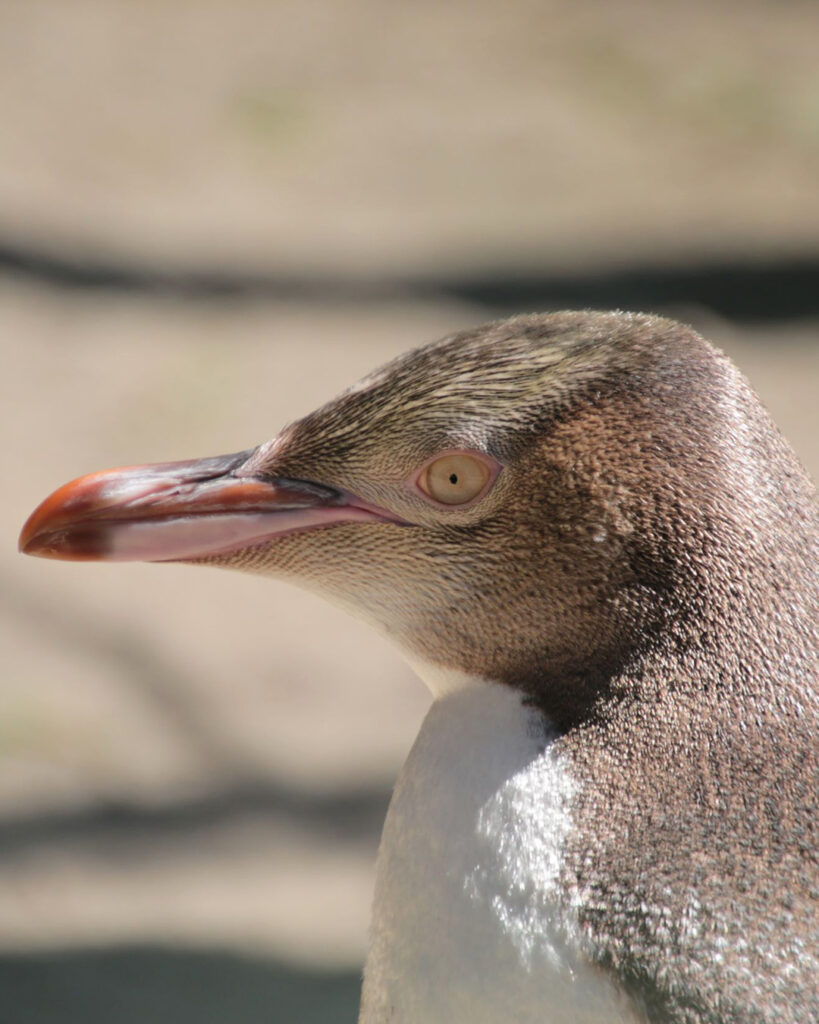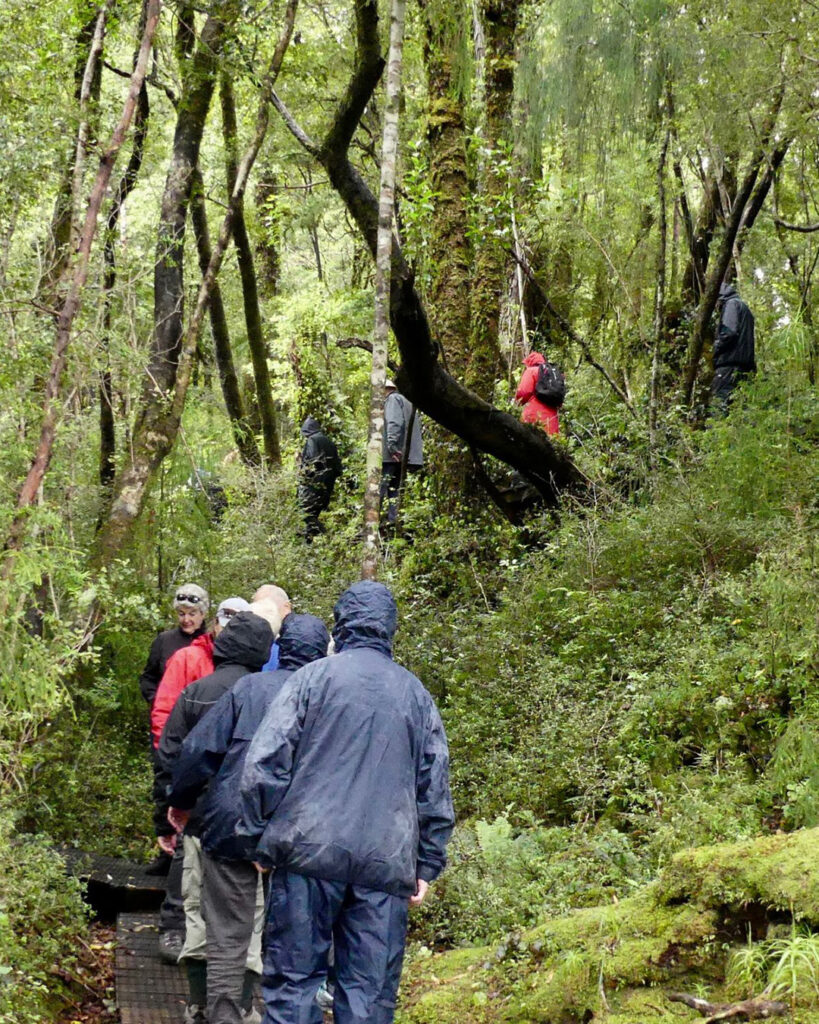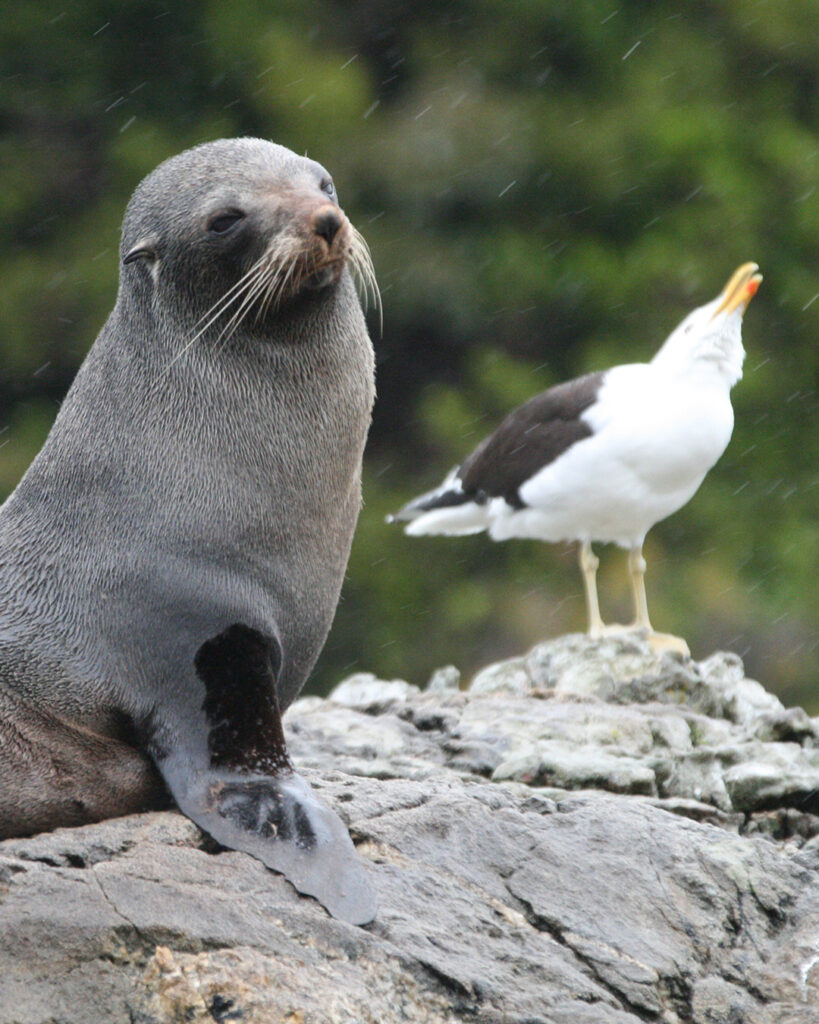Discover New Zealand in 2026 & 2027
Thinking about sailing to New Zealand? Start planning for the future and take a deeper dive into this stunning destination ahead of the release of our upcoming itineraries with Coral Expeditions. From dramatic coastlines and remote islands to unique wildlife and vibrant Māori culture, New Zealand promises an unforgettable journey. Explore its natural beauty and rich heritage, and be among the first to experience it with us when our itineraries are released.
Be the first to know when our cruises are available by filling out the below form.
Cruises are expected to depart in December 2026 until January 2027.
Expedition Cruise New Zealand’s Rugged Coastline
New Zealand’s 15,000 kilometres of meandering coastline makes it uniquely suited to small ship expedition cruising. Access glacial fiords, walk forested trails and visit isolated villages. Journey to remote locations including Marlborough Sounds and Fiordland and the charming towns of Napier, Kaikoura, and Dunedin. Hike through Waimangu Volcanic Valley, journey deep into quiet fiords and encounter striking Māori traditions. Discover the unique character of east coast towns, admire lazing seals, pods of friendly dolphins and perhaps even the rare yellow-eyed penguin. Return to your ship after the day’s excursions to sample the country’s famed produce and wine.
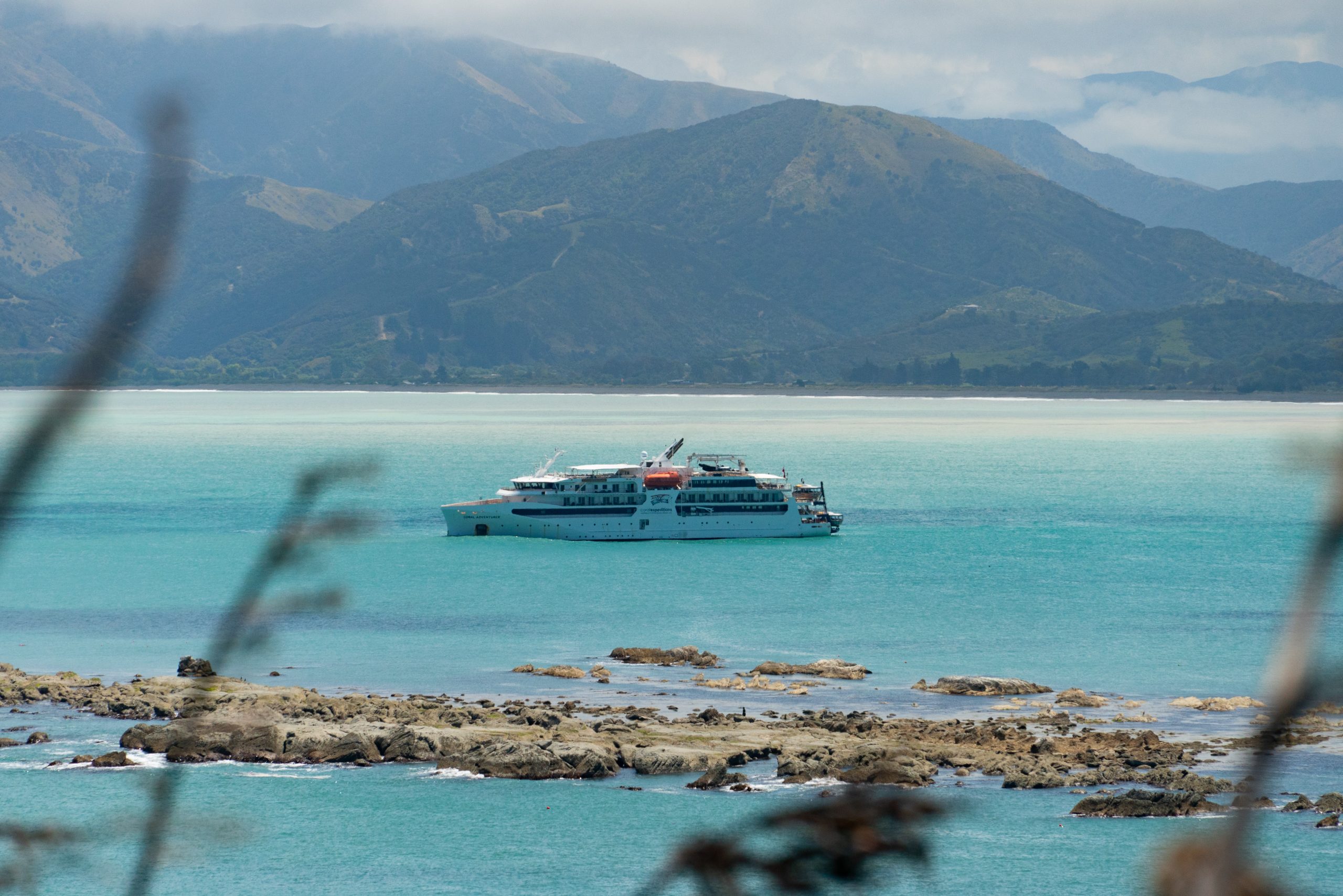
Small Ship Luxury
Travel in comfort aboard Coral Expeditions’ small, expedition-style ships, designed to bring you closer to the natural wonders of New Zealand while providing ample space for relaxation and observation.
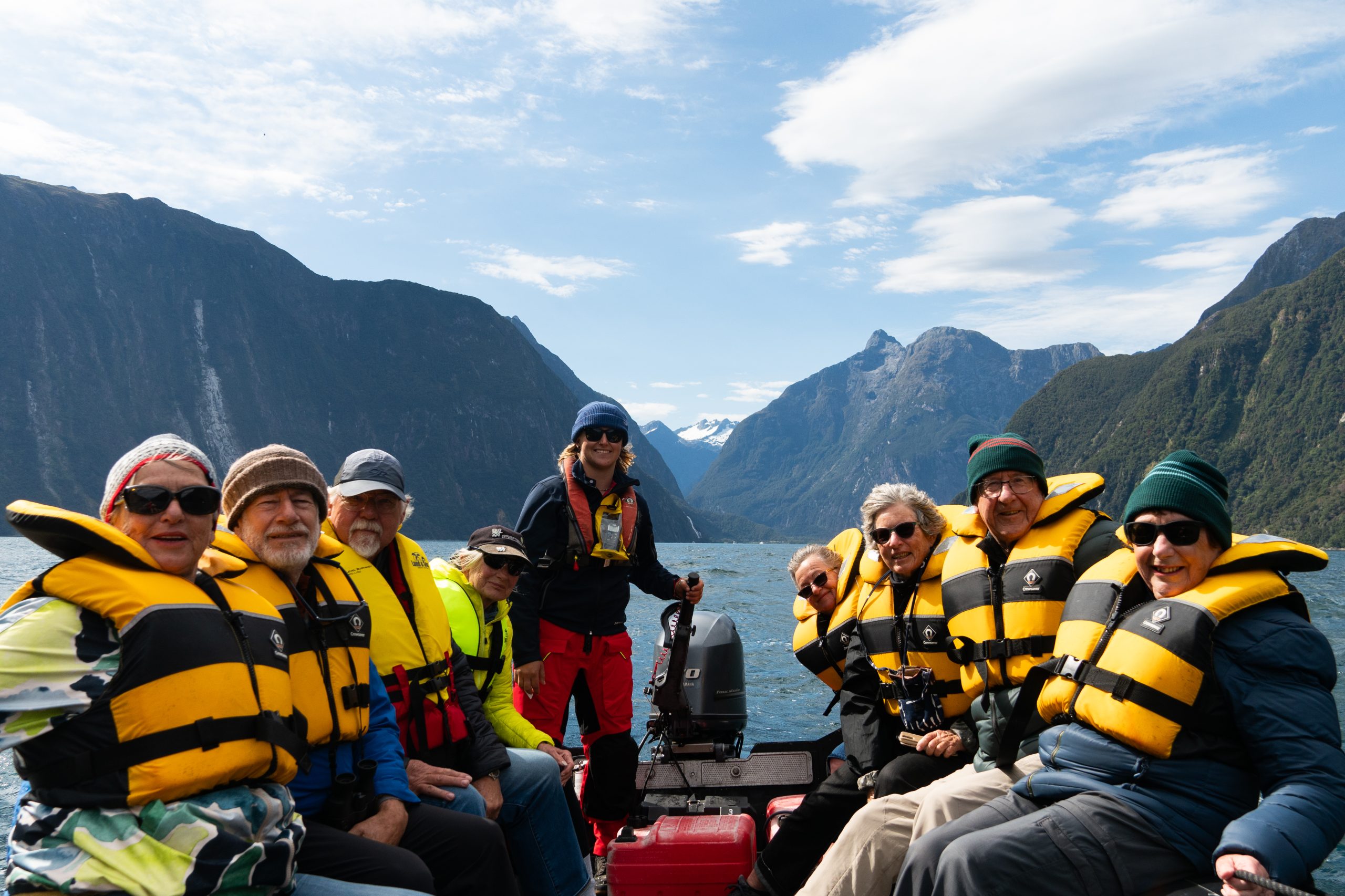
Expert Guides and Crew
Benefit from the knowledge and passion of our experienced guides and crew, who ensure your journey is informative, comfortable, and unforgettable.
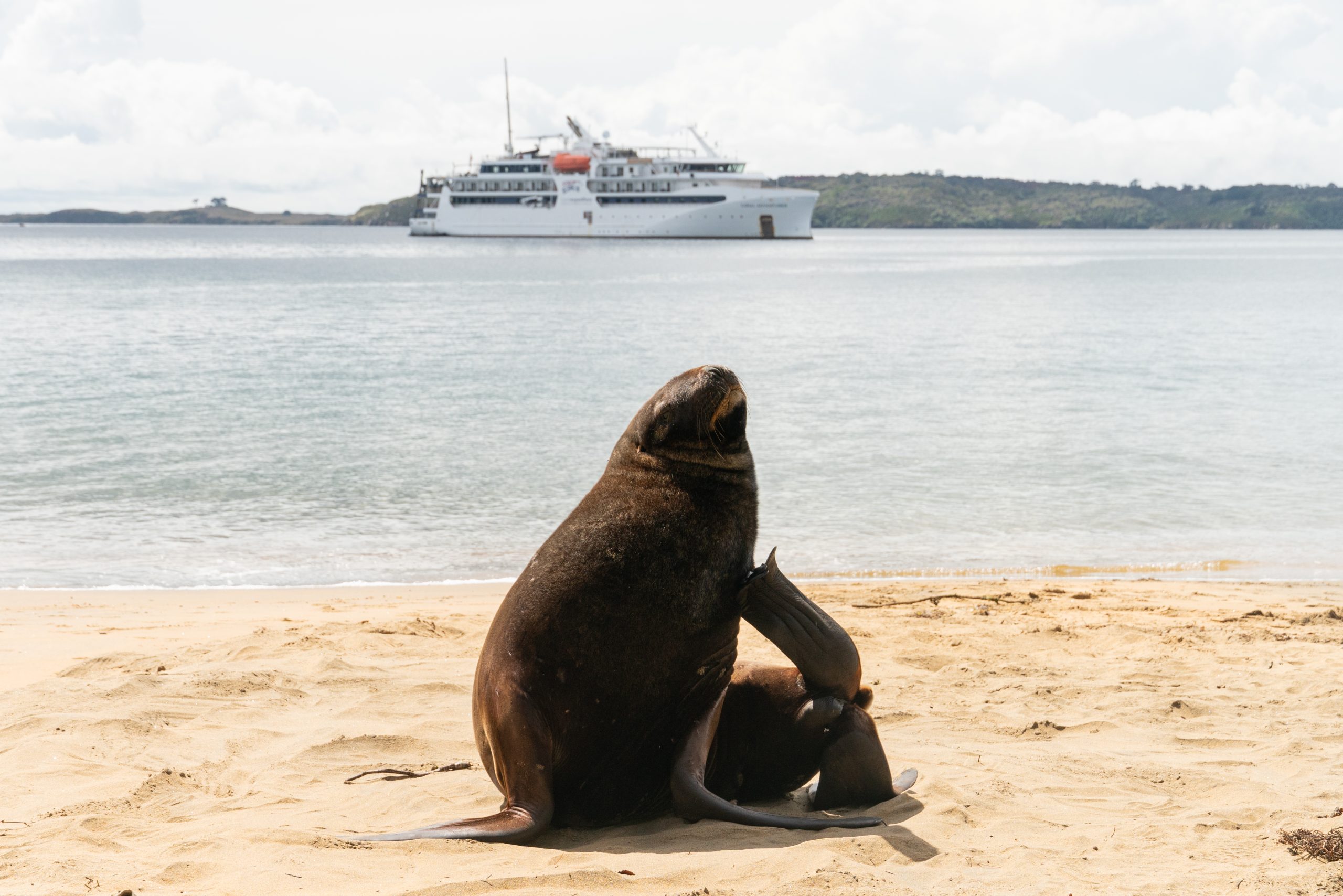
Wildlife Encounters
Get up close with New Zealand’s unique wildlife, from playful dolphins and seals to the iconic kea and tui birds, all in their natural habitats.
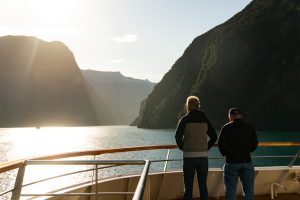
Scenic Coastal Views
Cruise past New Zealand’s dramatic landscapes, from the white sandy beaches of the Pacific coast to the rugged cliffs and black sand shores of the Tasman Sea.
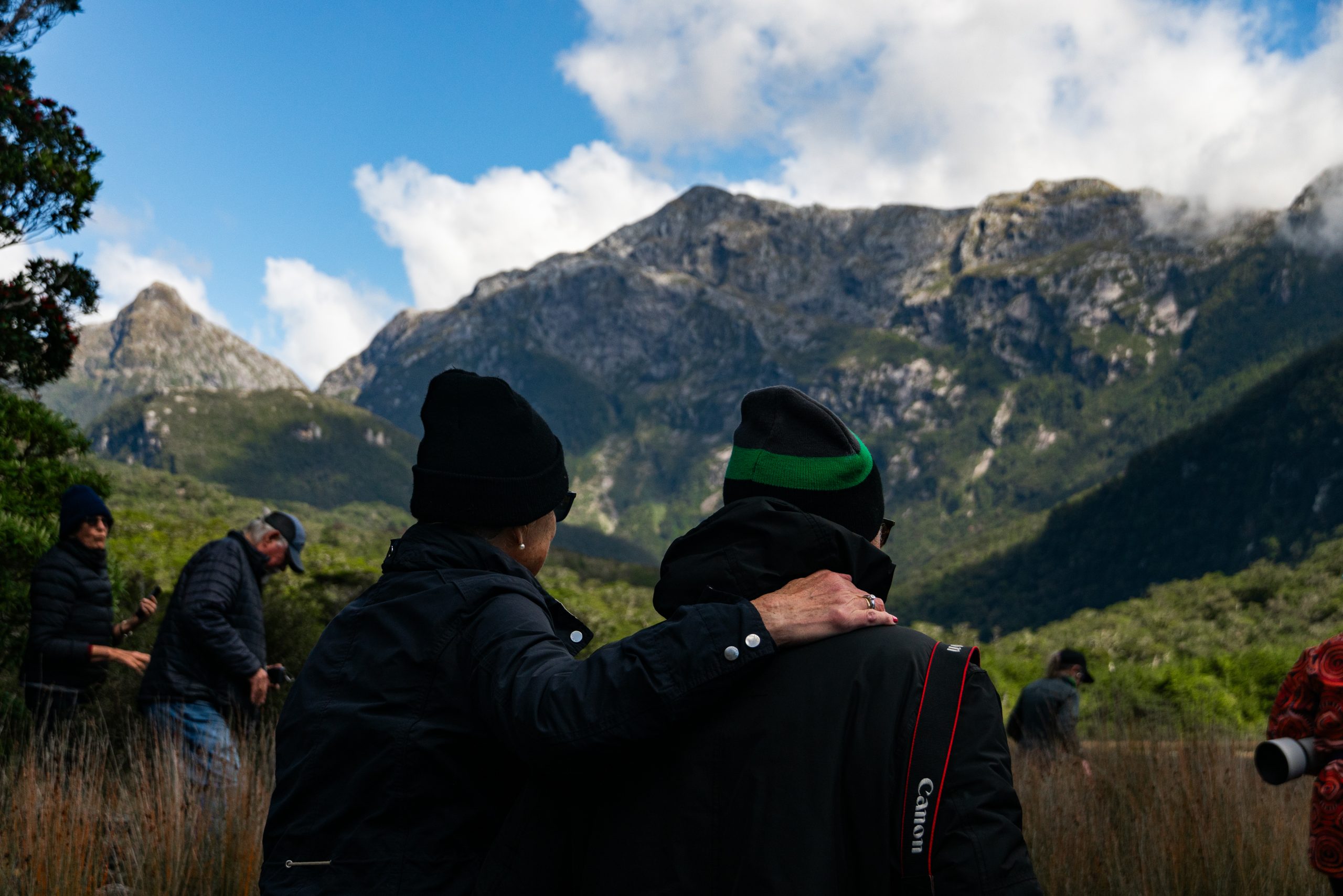
Personalized Shore Excursions
Enjoy tailored excursions led by knowledgeable guides, whether you’re hiking through lush rainforests, kayaking in serene bays, or exploring the local wildlife.
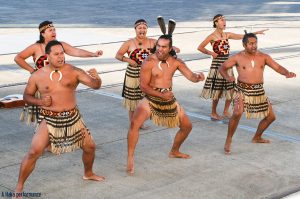
Cultural Experiences
Discover the region’s rich history, including Indigenous cultural insights and stories of early European explorers and settlers.
Coral Expeditions Ships In New Zealand
From the deck of Coral Geographer or Coral Adventurer, take in the beauty of New Zealand’s captivating coastlines. Our expedition ships are purpose-built to access remote and pristine wilderness shores. The expansive deck spaces provide ample opportunities for stunning views as you cruise past the dramatic New Zealand coastline. You’ll be accompanied by no more than 120 passengers, along with our expert expedition guides and crew, as you explore this extraordinary region. Our lightweight, dual Xplorer tenders—trademark features of all our vessels—enhance the ship’s exploration capabilities, offering deeper access on shore excursions. These “safari jeeps” of the sea are fast, sturdy, and comfortable, designed for easy boarding from the ship and smooth disembarkation onto remote shores.
See New Zealand From A Different Perspective
New Zealand is home to awe-inspiring coastal landscapes, over 25 marine reserves, a vibrant Māori culture, charming seaside towns, and a wealth of unique wildlife, making it a truly remarkable destination. Its vast coastline is best explored by small ship, offering an intimate view of the dramatic beauty of Fiordland, remote Stewart Island, and the captivating Marlborough Sounds. The country is flanked by the Pacific Ocean on the east, with its white sand beaches and sheltered bays, and the wild Tasman Sea on the west, where rugged cliffs, weathered rocks, and stretches of black sand create a striking contrast. On our expeditions, you’ll have the opportunity to get up close to local wildlife, including dolphins, seals, wekas, tui, and kea.
Guests aboard Coral Adventurer were treated to a spectacular sight as a pod of 20 dolphins graced Dusky Sound in New Zealand during an Xplorer sunset cruise. The dolphins delighted everyone by jumping and splashing right alongside the Xplorer tender.
📸 Captured by expedition team members Rhett and Harry!
Jan 28

Who did it better? These picture perfect furry friends stole the show during our trip through New Zealand!
Images captured by Expedition Team members Rhett, Mariah & Oscar
@mappleby_ @oscarkokako
Jan 13

Solander Island is a small, uninhabited island located off the southern coast of New Zealand’s South Island, in the Tasman Sea. It lies about 25 kilometers (16 miles) south of the main island, part of the group of islands known as the Solander Islands. These islands are named after the Swedish botanist Daniel Solander, who accompanied Captain James Cook on his voyage to the Pacific in the late 18th century.
Solander Island is known for its rich biodiversity, particularly in terms of seabirds and marine life. It is a protected nature reserve, with restricted access to help conserve its fragile ecosystems.
The island is rugged, with steep cliffs and rocky shores, making it inaccessible for most visitors. However, that’s not the case for Coral Expeditions guests. We are able to get up close and experience the island’s stunning beauty firsthand.
Imagery captured by Expedition Team member Mariah, Rhett, Harry & Oscar.
@mappleby_ @oscarkokako
#CruisingNewZealand #SmallShipCruising
#ExpeditionCruise #DiscoverNZ #NZWildlife
#NZBirds #NZScenery #NatureNZ #NewZealand
#NZMustDo #PureNewZealand #NewZealand
#NZMustDo #PureNewZealand #NZAdventures
#VisitNZ #ExploreNewZealand #NZAdventures
Jan 13

Dusky Sound in New Zealand is nothing short of extraordinary. Guests were immersed in the untouched wilderness of this remote fiord, with its cascading waterfalls, lush rainforests, and incredible wildlife, including seals and rare native birds.
Following in the wake of Captain James Cook, we explored the historic waters he first charted in 1773, experiencing everything from serene moments surrounded by nature’s beauty to the thrill of discovering its rich history. 🦭🚣🗻
Photography📸 captured by expedition team members Mariah and Rhett
@mappleby_
Jan 9

Feel a sense of awe as we navigate through the natural beauty of New Zealand`s Milford Sound, surrounded by breathtaking landscapes that seem otherworldly...
Jan 7

Coral Geographer guests have been kayaking, hiking and encountering native wildlife on their journey exploring New Zealand`s East Coast. On their journey they`ve experienced ancient Māori culture and the pristine wilderness of Tauranga, Napier, Tasman Bay and more!
View our New Zealand voyage on our website. Link in bio
#CoralGeographer #NZMustDo #NewZealand #expeditioncruie #travel #cruise #expedition #explore #napiernz #tasmanbay
Jan 2

Spend Christmas and New Years on expedition!🎄
Our seasonal voyages offer a range of choices, whether you prefer a yacht inspired journey close to home in Tasmania or seek to connect with more exotic adventures in Papua New Guinea, New Zealand or Borneo.
Book your Christmas and New Years voyage. Visit our website to view the itinerary & book online. Link in bio.
#cruise #expeditioncruise #CruiseMonth2023 #CruiseMonth #FestiveCruises
Oct 21

🐧Join us as we journey deep in the Southern Ocean to the World Heritage islands of the Australian and New Zealand sub-Antarctic
Visit our website to view the itinerary & book online. Link in bio.
#cruise #expeditioncruise #subAntarctic #AntarcticExpedition
Jul 20

"Our morning began with a walk to Motuara Island Lookout for some beautiful views over Queen Charlotte Sound - we were lucky enough to spot a rare saddleback along the way. A few of us joined the walk from Ship Cove to Resolution Bay, part of the Queen Charlotte track. It was a long walk with beautiful views and some pristine New Zealand forest. Throughout the day, there was also the opportunity to join a waterfall walk, enjoy some time strolling around ship cove, or join a guided kayak tour of the area."
- Expedition Leader Alistair Kent, 26 Jan 2023
#CoralAdventurer #NewZealand #ShipCove #NZMustDo #Travel #expeditioncruise #explore #cruise #MotuaraIsland #nature
Jan 27

"The views were beautiful this morning, sailing in with the sunrise as we arrived at Otago Harbour. Our first activity for the day was the city tour, stopping at Signal Hill Lookout for some spectacular views of the city and surrounding area - the railway station, the university, and a few other spots of historical significance. We also had the opportunity to go on the nature tour heading out to the peninsula, where we did a drive-by of some of the city’s historical sites before going to Larnach Castle for a tour of the gardens. From there, we made our way to the penguin reserve, where we saw penguins in rehabilitation and learnt about the threats these adorable birds face."
- Expedition Leader Alistair Kent, 23 Jan 2023
🚢 See our website to discover New Zealand
#CoralAdventurer #NewZealand #Dunedin #NZMustDo #Travel #expeditioncruise #explore #cruise
Jan 25

Coral Adventurer had a great day in Milford Sound, cruising alongside Stirling Falls for some spectacular and very close views of this beautiful waterfall.
🚢 Visit our website for more New Zealand expeditions
#CoralAdventurer #NZMustDo #NewZealand #MilfordSound #StirlingFalls #expeditioncruie #travel #cruise #expedition #explore
Jan 23

Our new year is off to a great start - Coral Geographer completed the first voyage of her Indian Ocean Series, Coral Adventurer explored rarely visited islands Wallis & Futuna on her way to New Zealand, and Coral Discoverer followed the Sydney to Hobart yacht race to Tasmania where she will operate for her 9th season in the region.
Discover our voyages: https://www.coralexpeditions.com/au/cruises/
#CoralExpeditions #expeditioncruise #travel #newyear #explore
Jan 5

"Another beautiful morning at sea starting with a Pilates session. We then joined Jacqui for her insightful presentation. In the afternoon everyone got into the Christmas spirit starting with a crafternoon - we enjoyed painting and putting our own twist on some Christmas decorations before then helping the crew decorate the ship and putting up the Christmas tree. To continue the Christmas festivities, we indulged in a premium wine tasting with Sarah, which was also paired with some lovely canapes that our chefs put together." - Expedition Leader Ashleigh Peters, 20 Dec 2022
🚢 Discover our New Zealand voyages: bit.ly/New_Zealand_itineraries
#CoralAdventurer #NewZealand #WallisandFutuna #expeditioncruise #travel #discover #atsea #Christmasspirit
Dec 22

"As the sun rose we joined on the Bridge Deck for a morning of Qi Gong and stretching to warm up the body before breakfast. During the day we partook in a chart plotting workshop where we learnt how to plot two positions and then draw a line between the two showing the course travelled and current position."
- Expedition Leader Ashleigh Peters, 18 Dec 2022
🚢 Expedition: An Expeditionary Voyage to Wallis & Futuna
#CoralAdventurer #NewZealand #WallisandFutuna #expeditioncruise #travel #discover #chartplotting
Dec 19

Unwind and enjoy the adventure of an expedition voyage during the holiday season.
Spend your Christmas cruising the Bulu River spotting rare wildlife or uncovering ancient histories in the South Pacific, snorkelling at Tufi in Papua New Guinea or being immersed into the culture and flavour of New Zealand’s East Coast, even watching a Yacht Race from Sydney Harbour. We invite you to embark on a memorable voyage to celebrate the Christmas season on one of our expeditions departing December 2022 and 2023.
🎅 Discover Our Christmas Voyages on our website.
#ChristmasCruise #FestiveCruise #ChristmasOnboard #ChristmasAtSea #HolidayIdeas #Travel #Cruise #LoveCruise #CoralCrew
Jul 23

Expedition Leader Ash Peters shares her passion for expedition cruising, and excitement to visit the remote islands of Wallis & Futuna in December this year.
Discover the voyage > https://www.coralexpeditions.com/au/destinations/new-zealand/wallis-futuna/
#WallisandFutuna #WallisandFutunaIslands #wallisetfutuna #wallisandfutunaisland #SouthPacificCruise #ChristmasCruise #AdventureCruise #ExpeditionCruise #CoralAdventurer
Jul 13

Articles About New Zealand

Voyage Log | Fiordland & the South Coast – January 2024
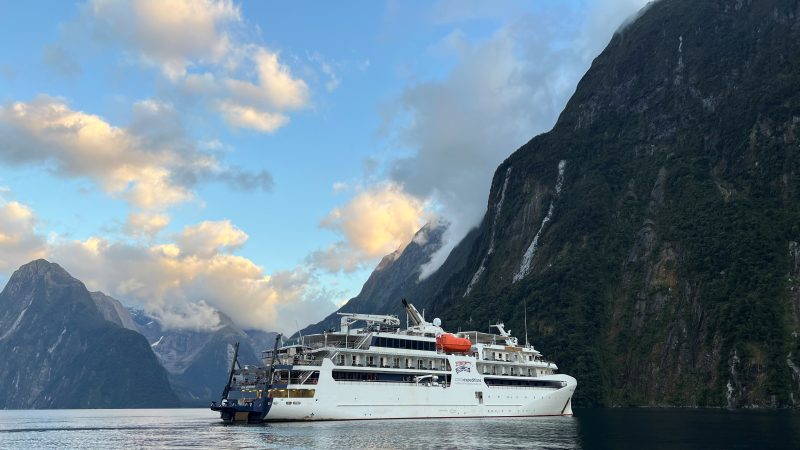
Voyage Log: New Zealand Fiordland and The South Coast – Coral Adventurer
